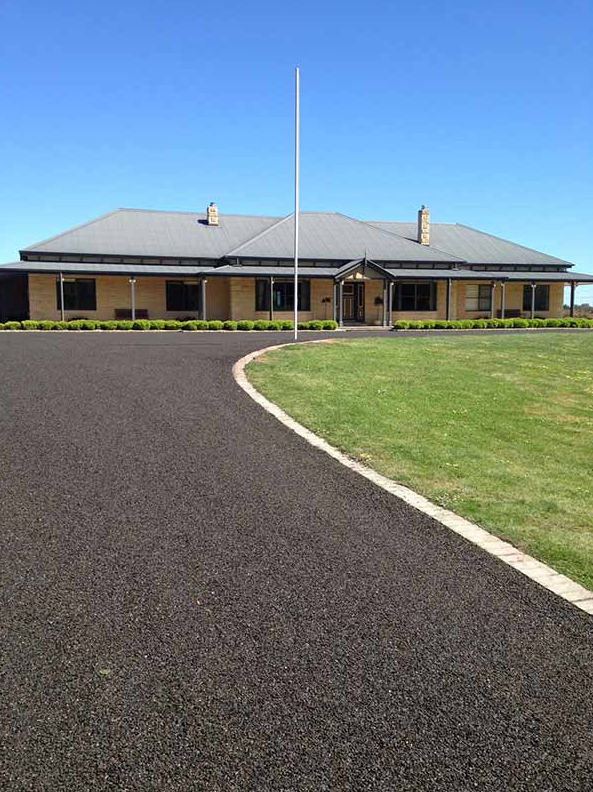When it comes to road construction, the input of local communities is invaluable. Roads are a critical part of everyday life, connecting neighbourhoods, businesses, and essential services. However, the needs and concerns of those who use these roads on a daily basis are often the driving force behind successful projects. At Redland Bay Surfacing Solutions, we believe that listening to community feedback plays a crucial role in shaping road construction projects that are safe, efficient, and beneficial to all.
In this blog post, we’ll explore how community feedback influences road construction projects and why it’s essential for creating well-planned infrastructure that serves the long-term needs of residents and businesses alike.
Why Community Feedback Matters in Road Construction
- Addressing Local Traffic Concerns Communities often have a unique understanding of local traffic patterns and congestion points. Residents who use the roads daily can provide insights that might not be obvious from initial planning stages. Whether it’s a problematic intersection, frequent bottlenecks, or concerns about pedestrian safety, community feedback helps construction teams identify and address these issues more effectively.
- Ensuring Safety and Accessibility Safety is always a top priority in any road construction project, and local residents can offer valuable input on areas that require attention. For instance, parents may highlight safety concerns around schools, while business owners might point out high-traffic zones where pedestrians need better access. Community feedback allows construction teams to consider these factors during the design and planning stages, ensuring that the final road layout meets safety standards and accessibility needs.
- Minimising Disruptions Road construction inevitably causes disruptions to traffic and daily life. However, by involving the community in the planning process, construction teams can work to minimise these disruptions. Feedback about peak traffic times, alternative routes, and important access points helps project managers develop construction schedules that reduce inconvenience for residents and businesses. The result is a smoother, more efficient project that keeps the community’s needs in mind.
- Tailoring Designs to Community Preferences Beyond traffic flow and safety, community preferences can influence the design of road construction projects. Some communities may value environmentally friendly practices, such as sustainable drainage systems or tree-lined streets. Others may prioritise aesthetic elements like footpaths or cycling lanes. Engaging with the community allows construction teams to create designs that reflect local values and contribute to a more pleasant, functional environment for everyone.
- Improving Long-Term Usability Communities are best placed to understand how new road infrastructure will be used in the long term. For example, a growing population might lead to increased traffic in certain areas, or a new business development could require additional parking or access points. By considering feedback from locals, road construction projects can be future-proofed, ensuring that they remain functional and relevant as the area evolves.
How Community Feedback is Gathered and Used
- Surveys and Questionnaires One of the most common methods for gathering community feedback is through surveys or questionnaires. These can be distributed online, by post, or at community meetings, allowing residents to share their thoughts on proposed roadworks. This input is then analysed and incorporated into the planning process, helping to shape decisions about road layouts, safety features, and construction timelines.
- Community Meetings and Workshops Hosting community meetings and workshops is another effective way to gather feedback. These events provide an opportunity for residents to engage directly with project managers, engineers, and local government officials. Not only do they allow for more detailed discussions, but they also foster a sense of collaboration between the construction team and the community.
- Consultation with Local Stakeholders Beyond general feedback from residents, consulting with key stakeholders such as local businesses, schools, and emergency services ensures that the needs of these groups are specifically addressed. Their input can be vital in identifying priorities such as maintaining access to businesses during construction or ensuring that emergency vehicles can navigate the area easily.
Why Choose Redland Bay Surfacing Solutions for Your Road Projects?
At Redland Bay Surfacing Solutions, we are committed to delivering high-quality road construction and surfacing services that reflect the needs and values of the local community. We understand that a successful project is one that balances technical expertise with thoughtful community engagement. By incorporating feedback from residents and businesses, we ensure that our road projects are not only efficient and durable but also align with the expectations of the people who will use them every day.
Conclusion
Community feedback is an essential component of any road construction project. It helps to identify safety concerns, improve traffic flow, minimise disruptions, and create roads that are both functional and reflective of local preferences. At Redland Bay Surfacing Solutions, we value the input of our community and use it to shape projects that serve the long-term needs of the area.
Call us on: 07 3113 9392
Click here to find out more about Redland Bay Surfacing Solutions
Click here to complete our contact form and see how we can help with your driveway needs.

